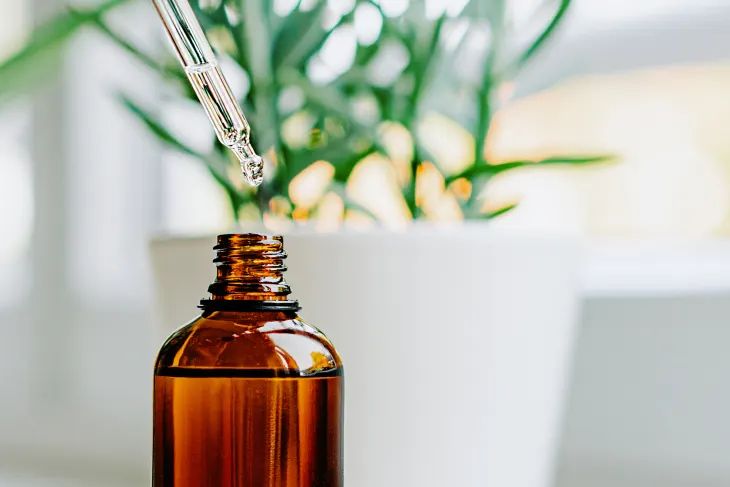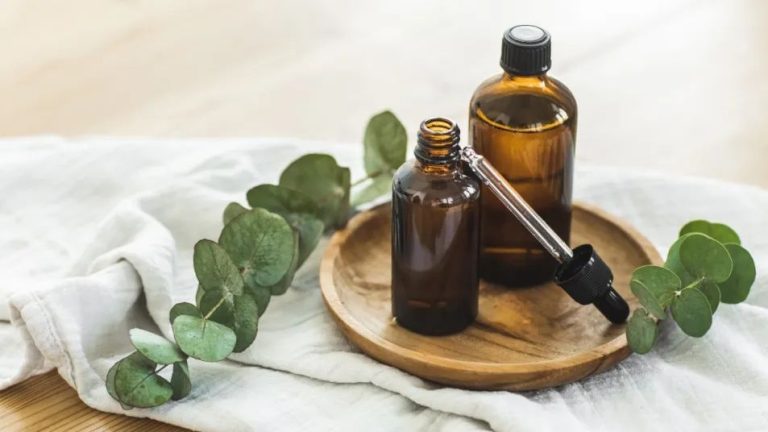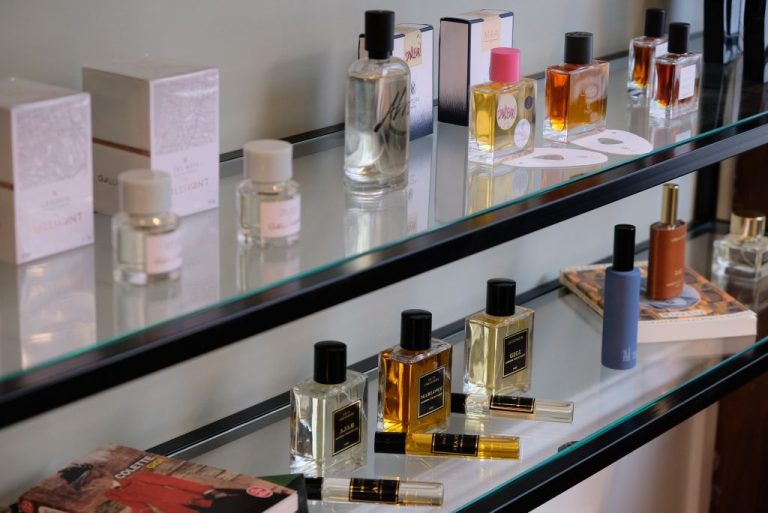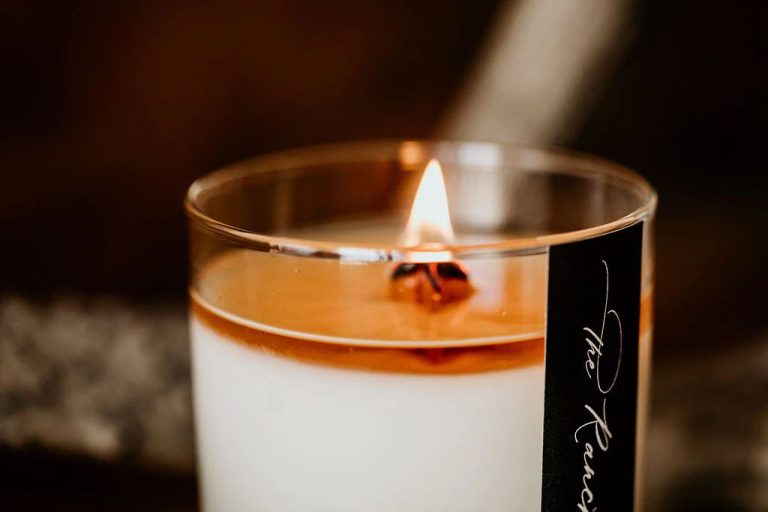Should I Use Essential Oil Or Fragrance Oil For Candles?
What are essential oils?
Essential oils are concentrated hydrophobic liquids extracted from plants. They contain the natural aroma, flavor, and therapeutic properties of the plant source. Essential oils are obtained through distillation or mechanical methods like cold pressing. Some of the most popular essential oils used in candle making include lavender, eucalyptus, peppermint, tea tree, lemon, and orange.
Essential oils are extracted from flowers, leaves, stems, roots, bark, resin, and other parts of plants. Common extraction methods include steam distillation, which involves heating plant material and condensing the steam to obtain the volatile aromatic compounds. Other methods are expression, which uses pressure to squeeze the oils out, and cold pressing, which crushes plant material and filters out the oil [1].
Due to their natural origin, essential oils can offer soothing, invigorating, or calming effects when used in candles. Popular choices like lavender oil and eucalyptus oil provide relaxation, while citrus oils like lemon oil bring energizing and uplifting aromas. When added to candle wax at the proper dilution, essential oils allow homemade candles to provide aromatherapy benefits.
What are fragrance oils?
Fragrance oils, also known as aroma oils or aromatic oils, are artificially created fragrances that are diluted with a carrier oil or solvent.[1] They are manufactured in a laboratory to mimic naturally occurring scents like flowers, fruits, and herbs. While essential oils contain the true essence extracted from plants, fragrance oils are synthetic reproductions of those scents.
Some popular fragrance oils used in candles include:[2]
- Floral scents like jasmine, rose, and lilac
- Fruit scents like apple, strawberry, and peach
- Herb and spice scents like lavender, peppermint, and cinnamon
- Woodsy scents like pine, cedar, and sandalwood
Fragrance oils allow candle makers to achieve a wider variety of scents that may not be available or feasible with essential oils alone.
Difference between essential and fragrance oils
The key difference between essential oils and fragrance oils is their origin and composition. Essential oils are derived from plants through processes like steam distillation or cold pressing. They contain the natural compounds and aromas of the source plant. Fragrance oils are artificially created in laboratories and do not contain actual plant extracts. While fragrance oils attempt to mimic natural scents, they are synthesized from chemical ingredients.

Due to their natural derivation, essential oils are generally more expensive than fragrance oils. For example, rose essential oil costs around $150 per ounce, while a rose fragrance oil may cost $20. The natural compounds in essential oils also produce stronger, more authentic aromas than artificial fragrance oils. However, fragrance oils have the advantage of being consistent in scent and available in a wider variety of options.1
Using essential oils in candles
Using essential oils in candle making has many benefits over synthetic fragrance oils. Essential oils are natural plant extracts that provide delightful aromas and can also have therapeutic effects (https://cosyowl.com/guides/how-to-make-essential-oil-candles). When essential oils are heated, their aromatic compounds are released into the air to create a pleasant ambiance. Essential oil candles are great for relaxation, meditation, aromatherapy, and more.
To properly incorporate essential oils into candle wax, you’ll need to first determine the flashpoint of the oil to ensure safe usage. A good starting amount is around 1% of the wax weight for lighter oils like lemon or orange, up to a maximum of around 5% for heavier oils like lavender or sandalwood. The oil should be thoroughly mixed into the melted wax before pouring into containers (https://www.thehealthymaven.com/homemade-aromatherapy-candles/).
It’s important to test your candle creation before mass production. Allow a test candle to fully cure for 1-2 weeks before lighting it. Check for scent throw, wax appearance, and burn quality. Making adjustments to the oil percentages as needed. With some trial and error, you’ll be able to create delightful essential oil candles to enjoy.
Using fragrance oils in candles
Fragrance oils offer many benefits for candle making. Because they are artificially created, fragrance oils allow for more consistency in scent from batch to batch. They also offer a wider range of scent options beyond what is available with essential oils. Fragrance oils tend to be less expensive than essential oils as well. Some popular fragrance oil scents for candles are fruity, bakery, and seasonal aromas like pumpkin spice or pine.
When using fragrance oils in candles, it’s important to properly incorporate the oil into the melted wax. Fragrance oils should be added when the wax is below 185°F for soy wax or 200-205°F for paraffin wax according to lonestarcandlesupply.com. The flash point of the fragrance oil should also be considered. After adding the fragrance oil, the wax should be mixed for at least 2 minutes to fully incorporate the scent. It’s recommended to let the wax sit for 1-2 hours after adding fragrance to allow the scent to fully bloom before pouring candles.
Testing is an essential step when making scented candles with fragrance oils. It’s important to test samples to determine proper fragrance load percentages and how the scent interacts with different wax types. Testing can reveal issues like fading or acceleration before pouring larger batches. Allowing test candles to cure for 1-2 weeks provides helpful information on final scent throw and performance.
Candle safety with essential oils
When using essential oils in candles, it’s important to follow usage guidelines to ensure safety. Essential oils can become toxic when overheated, so it’s critical to use the recommended amounts. According to https://soycandlemakingtime.com/can-i-use-essential-oils-in-soy-candles/, essential oils should not exceed 1% of the wax weight in candles. Going above this limit can make the essential oils release toxic chemicals.
It’s also vital to avoid skin irritation when working with essential oils. Always wear gloves when handling concentrated essential oils, as they can cause skin sensitization. Do not apply essential oils directly to skin, especially near eyes or other sensitive areas. Dilute oils properly in a carrier oil if using for topical application. Test a small area of skin first before wide-scale use. Some common irritants to watch out for are cinnamon, lemongrass, and citrus oils. Follow all usage guidelines to safely incorporate essential oils in candles.
Candle safety with fragrance oils
When using fragrance oils in candles, it’s important to follow usage guidelines and take precautions to avoid skin irritation.
Fragrance oil manufacturers provide recommended usage rates, usually between 5-10%. Exceeding these rates can lead to issues like poor scent throw or the oil not binding properly with the wax. Sticking within the recommended usage rate helps ensure safety and performance.
Some people may experience skin irritation or allergic reactions from fragrance oils. Certain ingredients can cause issues for sensitive individuals. Doing a skin test before making a large batch of candles is advised. Simply apply a small amount of the fragrance oil to your inner elbow and watch for any redness or reaction over 24 hours.
Proper handling and protection is also important when working with fragrance oils. Wearing gloves prevents absorption through the skin. Working in a well-ventilated area minimizes inhalation exposure. Keeping the oils away from flame and high heat prevents accidental ignition.
While fragrance oils contain synthetic ingredients, following safety precautions allows them to be used without significant risks. Responsible usage and care when handling fragrance oils helps ensure candle making can be an enjoyable hobby.
Best Oils for Soy vs Paraffin Candles
The type of wax used in candle making can impact the hot and cold throw of the essential oils or fragrance oils. Soy wax and paraffin wax have different properties that affect scent diffusion.
For soy wax candles, lighter essential oil scents like lemon, peppermint, and citrus oils tend to perform better. The natural structure of soy wax makes it more difficult for heavier scent molecules to fully release. Florals and woodsy fragrances may not reach their full potential in soy.
Paraffin wax offers excellent scent throw across all fragrance categories. The tighter molecular structure allows it to retain and disperse scent molecules effectively. Popular options for paraffin candles include fruity, floral, spicy, woody, and complex blended scents (Source).
No matter the wax, it’s recommended to test oils at different concentrations to find the right scent balance for your candle. Soy generally requires a higher fragrance load compared to paraffin. Testing will reveal how well each oil interacts with the wax.
Tips for candle testing
Testing is a crucial part of candle making to ensure high quality and safety. Here are some tips for effectively testing your candles:
To evaluate burn quality, conduct a basic burn test by lighting the candle and allowing it to burn for 4 hours as recommended by CandleScience. Observe the melt pool, wax pooling, mushrooming, sooting, and other aspects. Keep testing logs to compare between batches. Allow the candle to burn all the way through at least once. Burn testing helps optimize the wick size and detect any issues.
Assessing hot and cold throw involves evaluating both scent intensity and scent quality. To test hot throw, let the candle burn in a small enclosed space and rate the strength of scent. For cold throw, extinguish the candle and rate the scent in the air. Refer to a fragrance intensity scale from 1-5. Test in different size rooms. Armatage Candle Co. recommends testing with a panel of impartial testers.
Check for soot on the wax pool, container walls, and ceilings of your test room. Sooting is a sign of incomplete combustion and poor air flow. It can be addressed by using a larger wick or adding more fragrance oil. Keep the test burns short at first to limit soot buildup.
Conclusion & Summary
As we’ve seen, the key differences between essential oils and fragrance oils come down to how they’re made and their relative safety and purity. Essential oils are extracted from plants and contain the plant’s true aroma. Fragrance oils are synthetic or have synthetics added and typically mimic natural scents. Fragrance oils tend to be more affordable while essential oils can provide more authentic aromas.
When deciding which oil to use for candles, consider your budget, desired scent, and the candle design. Essential oils work best for soy or beeswax candles where you want a natural, therapeutic aroma. Fragrance oils allow for more complex scents and are commonly used in paraffin wax candles. Regardless of oil, test your candle before production and follow safety precautions.
With testing and care, you can create optimal candle scents with either essential oils or fragrance oils. Focus on finding the right oil for your specific candle type and aroma goals. A blended candle with essential and fragrance oils can provide both an authentic and complex scent. Most importantly, create candles you enjoy and find relaxing or uplifting through the power of fragrance.





